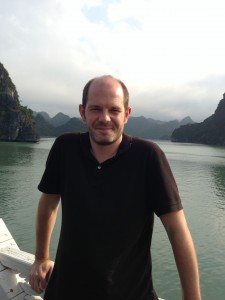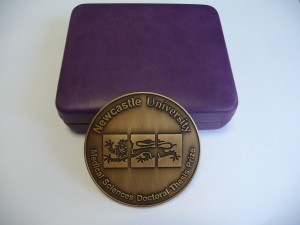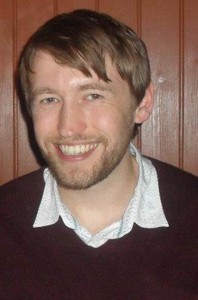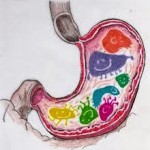
 Earlier this month, the Centre for Bacterial Cell Biology held its inaugural Symposium. Here, the CBCB’s Heath Murray and Kevin Waldron tell us about what happened at the event.
Earlier this month, the Centre for Bacterial Cell Biology held its inaugural Symposium. Here, the CBCB’s Heath Murray and Kevin Waldron tell us about what happened at the event.
One of the aspects of ICaMB that makes it a unique institute is the Centre for Bacterial Cell Biology (CBCB), a group of researchers who are focused on understanding fundamental biological questions using bacteria as model organisms. The CBCB was founded by Professor Jeff Errington FRS and is the world’s first major research centre with a focus on bacterial cell biology. Since its inception, CBCB has relocated to a purpose-built £30 million facility in the Baddiley-Clark Building, and has grown to include more than 20 different research groups. In a relatively short time, CBCB members have made outstanding contributions to our understanding of numerous aspects of fundamental cellular processes in a wide range of bacteria.

Prof Kenn Gerdes from the CBCB discusses how bacteria can form dormant variants that evade the immune defence response.
In order to recognise the success and the breadth of science being generated in the Centre, we recently held the inaugural CBCB Symposium on July 9-10. More than 120 members of the CBCB community participated in the two-day event, underscoring the critical mass of researchers at Newcastle University working within the field. This excellent turnout certainly contributed to the overall success of the event.
Research themes covered by talks from group leaders in the CBCB included sporulation, infection, persistence, biofilms, metabolism, motility, and morphogenesis. We also heard about the emerging subject of synthetic biology, where bacterial organisms will be programmed much like computers to perform discrete biological tasks.The CBCB Symposium was highlighted by inspirational talks from three distinguished external scientists, Jan Löwe (Laboratory of Molecular Biology, Cambridge), Mervyn Bibb (John Innes Centre, Norwich), and Simon Foster (Department of Molecular Biology and Biotechnology, Sheffield).
Professor Löwe discussed his work using a range of biochemical and structural approaches to analyse the bacterial cell division and morphogenesis machinery. Professor Bibb explained how his lab utilises a combination of next generation DNA sequencing and bioinformatics with classical genetic analysis to discover novel antibiotics. Professor Foster showed how studies on the fundamental aspects of bacterial cell biology can be harnessed to better understand host-pathogen interactions that can eventually be translated into vaccine development, with his focus on the ‘super bug’ Staphylococcus aureus..
At the end of the Symposium participants gathered together for dinner and drinks in the informal setting of the Forum. This provided an interactive end to the event that allowed researchers throughout the CBCB to meet one another, discuss the amazing science, and develop connections.








